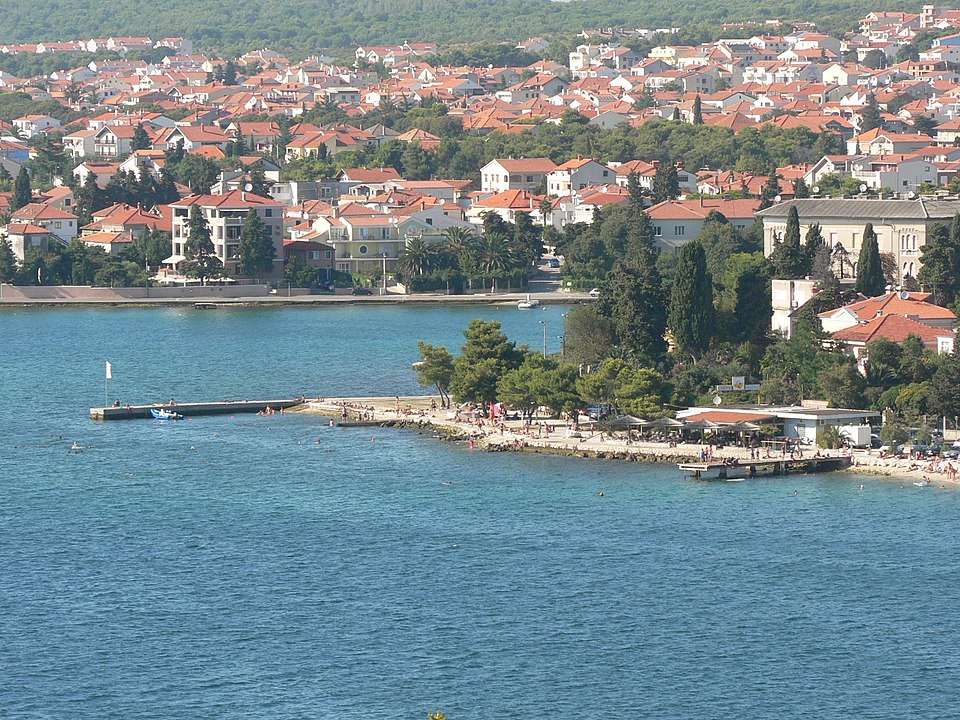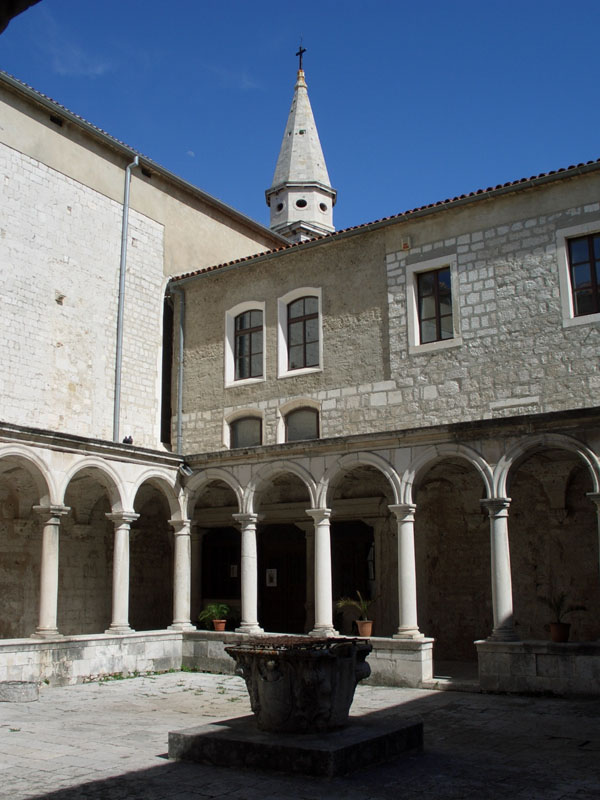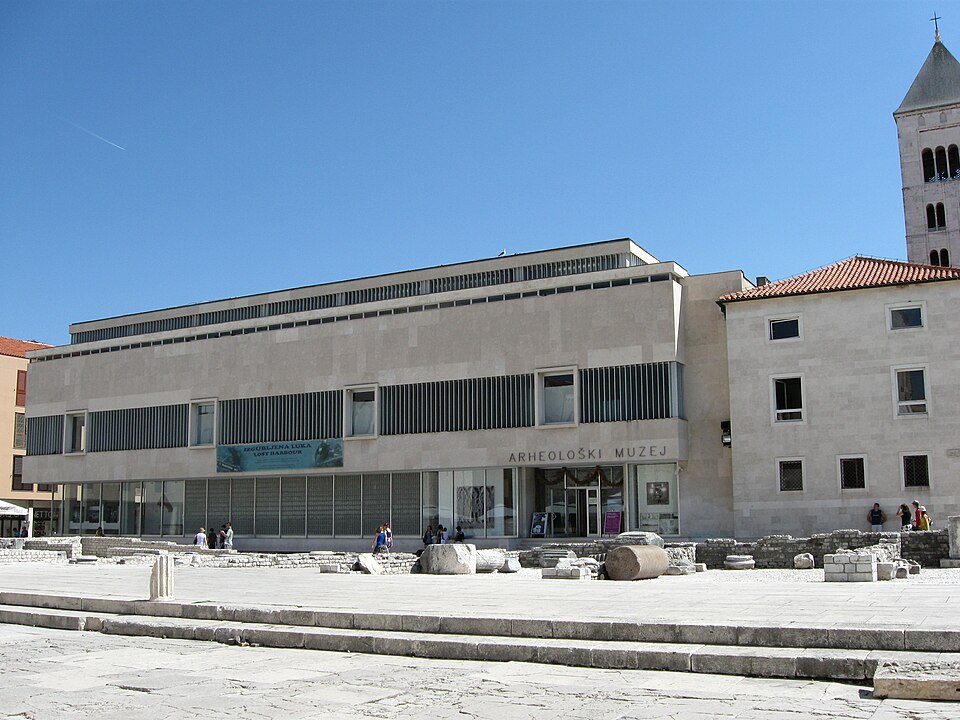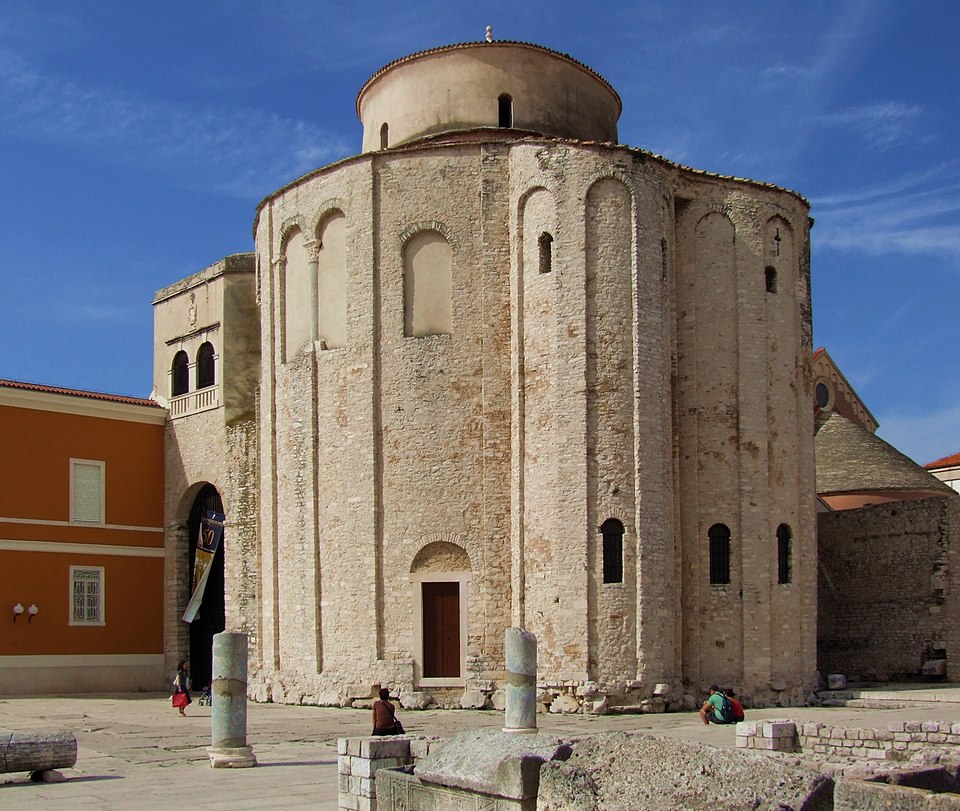

Curated experiences in Zadar

Monument to the Sun or The Greeting to the Sun (Croatian: Pozdrav suncu) is a monument in Zadar, Croatia dedicated …

The Monastery of St. Francis Assisi (Croatian: Samostan sv. Franje Asiškog) in Zadar is a Roman Catholic Franciscan monastery dating …


The Church of St. Donatus (Croatian: Crkva sv. Donata) is a Catholic church located in Zadar, Croatia. Its name refers …

Create a personalized itinerary and unlock the finest experiences Zadar has to offer
Plan Your Trip